Bran Castle, interview on the home of Count Dracula
Bran Castle in Romania is visited every year by thousands of tourists.
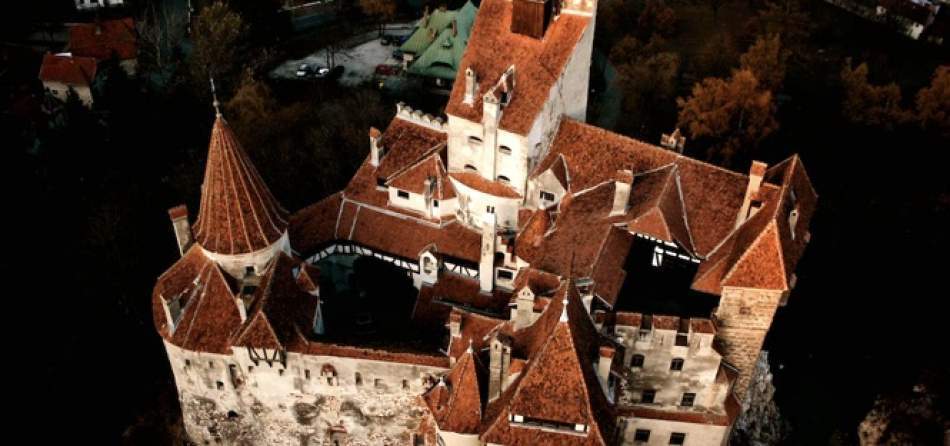
Q. How was born the Bran Castle?
Vlad was involved in several campaigns to punish the German merchants of Brasov who failed to abide by his commands as regards their trade in his Walachian markets. Passage to Wallachia was through Bran: it’s true?
The first written record of the Castle is an act issued by King Louis I of Anjou in 1377, giving the Saxons of Kronstadt (Braşov) the right to build a stone citadel on their own expense and labor force. The structure seen today was largely built by the Saxons from 1377 onwards. The Castle's main function was to be a defensive stronghold against the invading Turkish armies. It later also became a customs post controlling the mountain pass between Transylvania and Wallachia.
Q. Is it true that it is considered the castle of Dracula?
A. Bran Castle, located in Bran, 28 km away from Brasov, is one of the most valuable medieval architectural monuments in Romania, known by tourists across the globe for the legend that revolves around it, being allegedly used by Bram Stoker as his model for Dracula’s Castle.
The famous legend of the vampire is based on real historical facts and that’s what makes it so fascinating. History and fiction have mingled, thus creating an intriguing phenomenon that spread over the past two centuries in the entire world.
Q. Vlad stayed here anyway?
A. Bran Stoker has modeled his vampire Count Dracula on the 15th century Romanian ruler Vlad III Basarab Draculea (Vlad the Impaler). In 1462, Vlad the Impaler was arrested and held hostage in a castle in Transylvania, most certainly Bran Castle, before being transferred to Visegrad Fortress, Hungary. This fact represents the most prominent link between Bran Castle and Vlad Draculea, the prince of Wallachia. On the other hand, Count Dracula’s castle in the novel was depicted based upon a description of Bran Castle, as sitting high above a valley, perched on a rock above a flowing river. Bran Castle is the only such fortress in Transylvania that fits Bram Stoker’s illustration. Thus, although Bran Castle was not Vlad the Impaler’s ownership, it definitely must be fictional Dracula’s retreat.
Q. What are “strigoi”?
A. “Strigoi” are supernatural creatures similar to vampires, usually the troubled souls of the dead rising from the grave and sometimes also living people with certain magical properties.
Q. Which are the most interesting rooms to visit?
A. There are 57 rooms in the Castle distributed over four floors. Several collections of furniture, costumes, weapons and armors are displayed here. Bran Compound also includes the Royal Park with its two lakes, the Tea House Restaurant and the recently opened Tunnel of Time.
Q. Is there other legends or mysteries linked to the castle?
A. There are certain horror and paranormal phenomena related stories associated to Bran Castle. The very core of Dracula’s legend is of horror origin, so we are doing our best to provide the ideal place for our visitors’ imagination to manifest freely.
Q. Are there any events?
A. Bran Castle is an accessible, welcoming, challenging place, a wonderful location for public events, but also for those who want to celebrate a special event in their life accompanied by a glass of Chateau Bran wine.
The unique landmark in Transylvania receives over 800 000 visitors each year, so to accommodate the increasing interest in the castle and its links to Bram Stoker's "Dracula", new exhibit and events are constantly added. The annual calendar includes café concerts, events around different Romanian traditions, Halloween, Jazz at the Castle Festival, The Medieval Tournament, Valentine's Day and among these, several corporate and private receptions, theme dinners and cocktails.
Q. What is the biggest curiosity that attracts tourists?
A. Bran Castle is a place where one’s imagination might run free, traveling from 14th century up to the present time and from the accuracy of known history to an imaginary world and to the open future.
© All rights reserved
You Might Be Interested
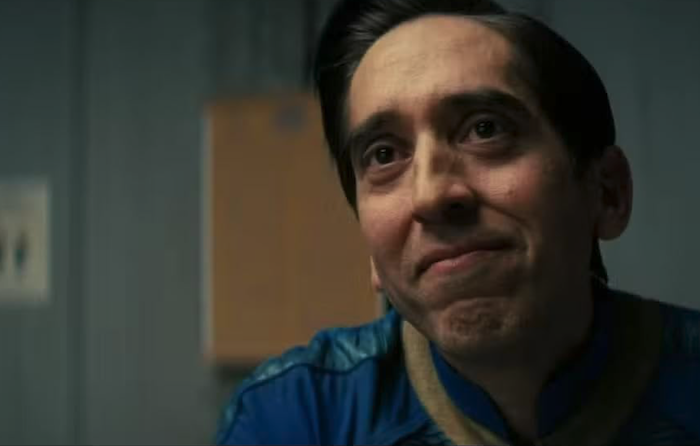
Fallout, Rodrigo Luzzi Interview
From Fallout to FBI: Most Wanted
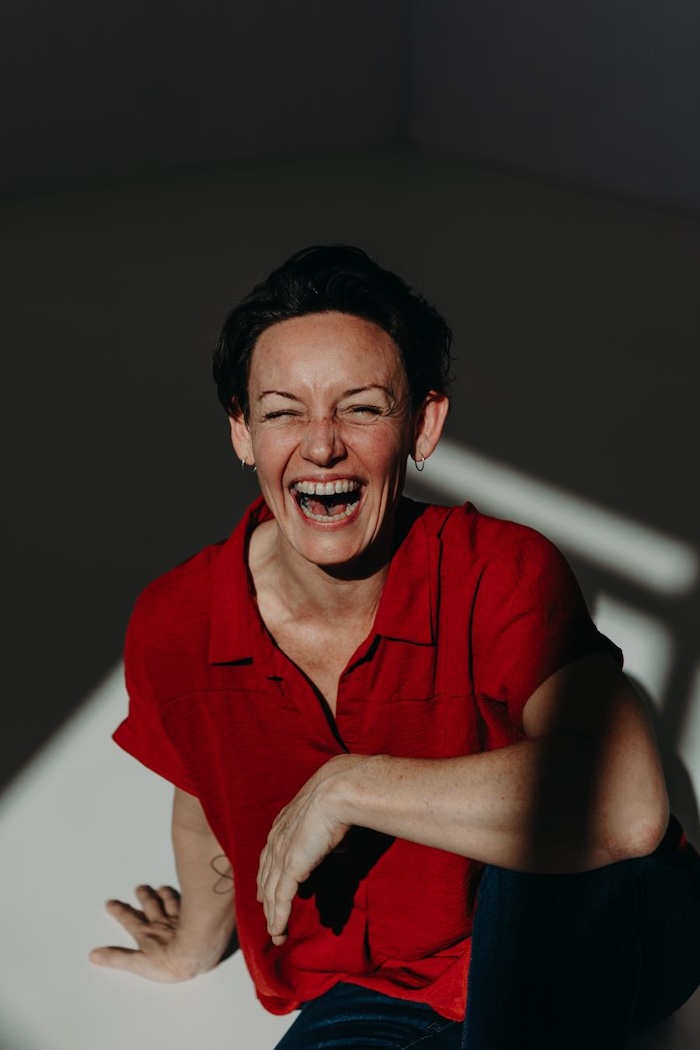
We Bury the Dead, Deanna Cooney Interview
“We Bury the Dead explores what happens when systems fail…”

The Testament of Ann Lee, Mona Fastvold interview
The statements of Mona Fastvold
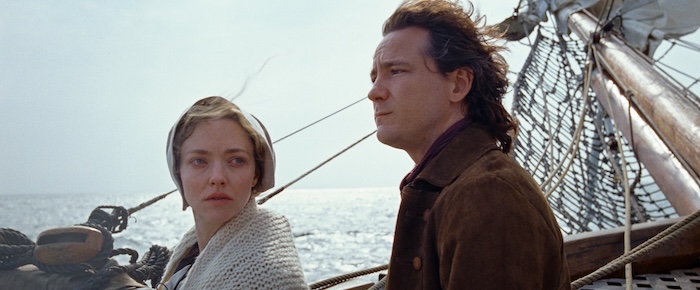
The Testament of Ann Lee, Lewis Pullman interview
The statements of Lewis Pullman
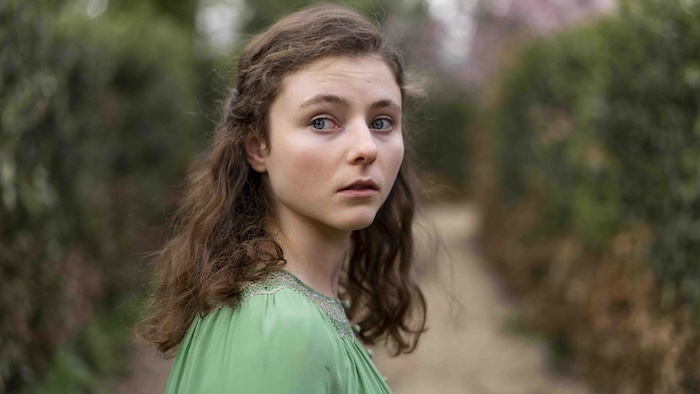
The Testament of Ann Lee, Thomasin McKenzie interview
The statements of Thomasin McKenzie
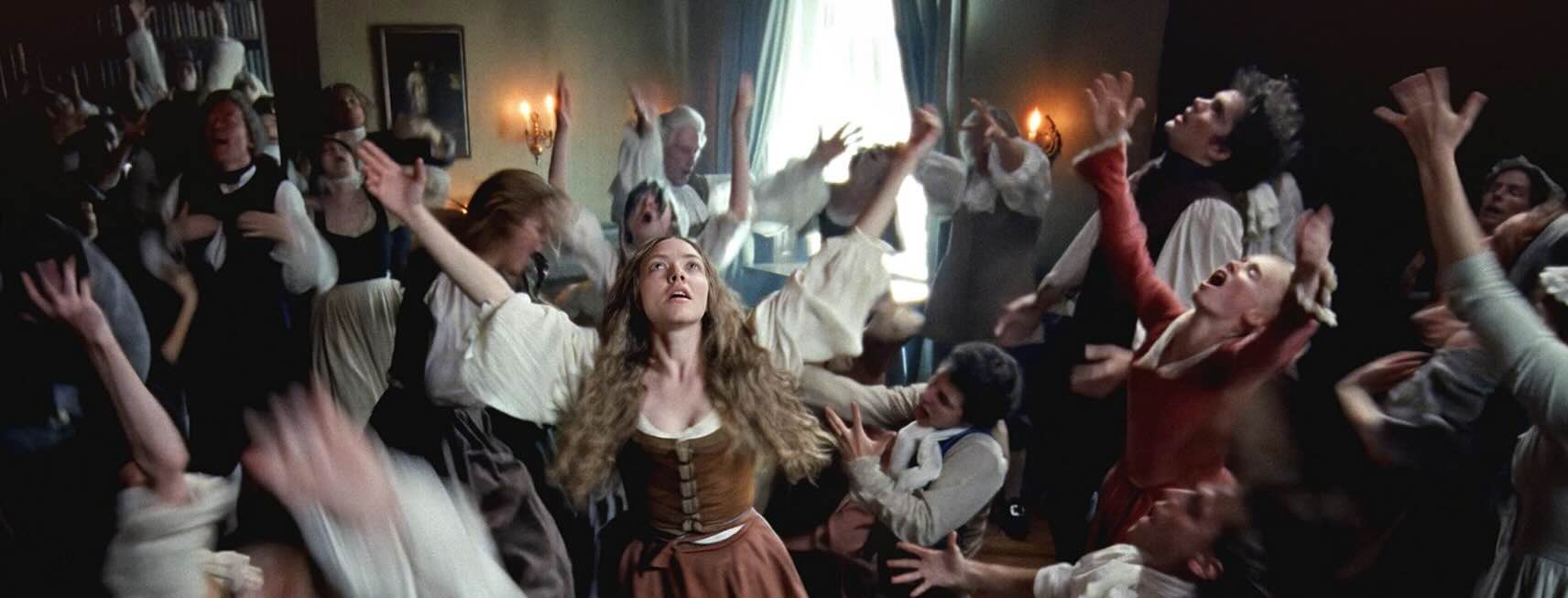
The Testament of Ann Lee, Amanda Seyfried interview
The statements of Amanda Seyfried
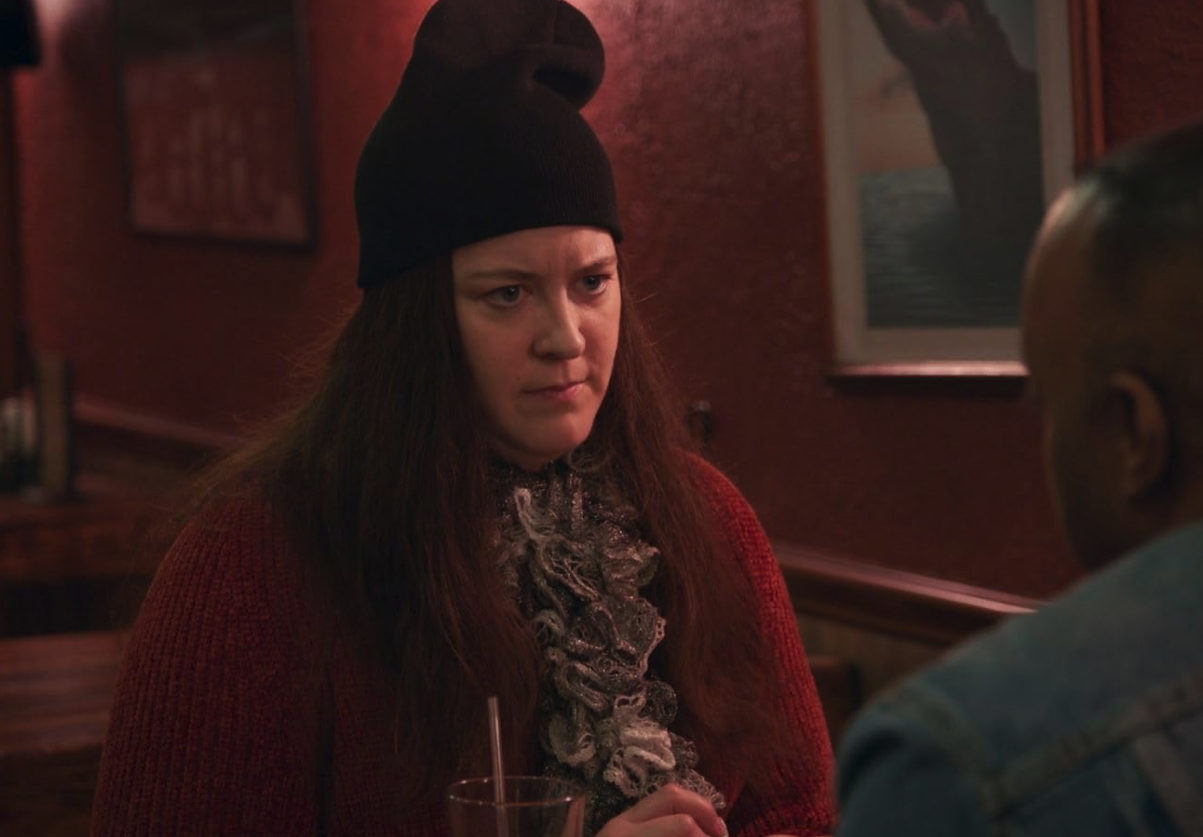
Gigi Burgdorf Interview
Gigi Burgdorf is an actress, director and screenwriter
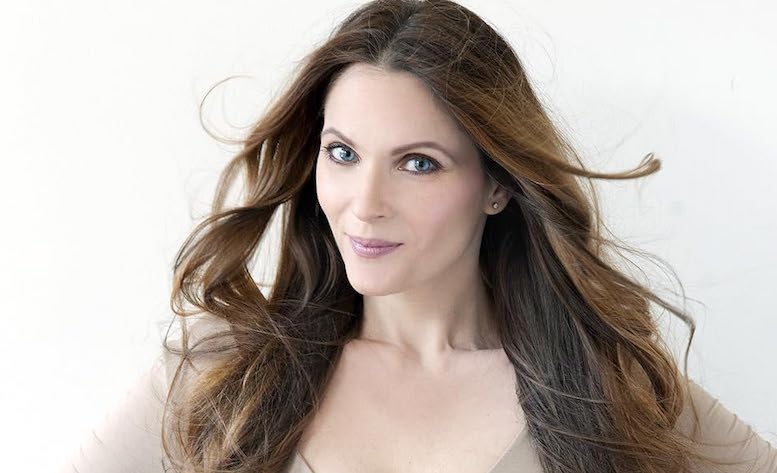
Movie Dead Man's Wire, interview with actress Stephanie Bertoni
Discover Dead Man's Wire, the film by Gus Van Sant, with an interview with Stephanie Bertoni


